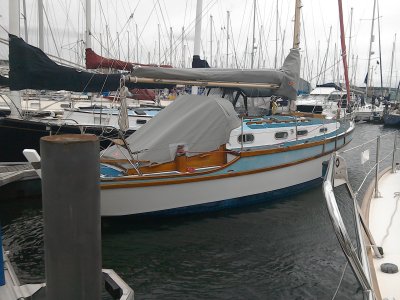ridgy
Well-Known Member
I'm intrigued...your wife accepts the general misery of sailing and yet is enraged by this occasional and brief moment of flapping.
Hoisting the main, dropping the main, and tacking all involve more flapping than reefing and more frequent..?
What is her role when reefing?
Hoisting the main, dropping the main, and tacking all involve more flapping than reefing and more frequent..?
What is her role when reefing?


